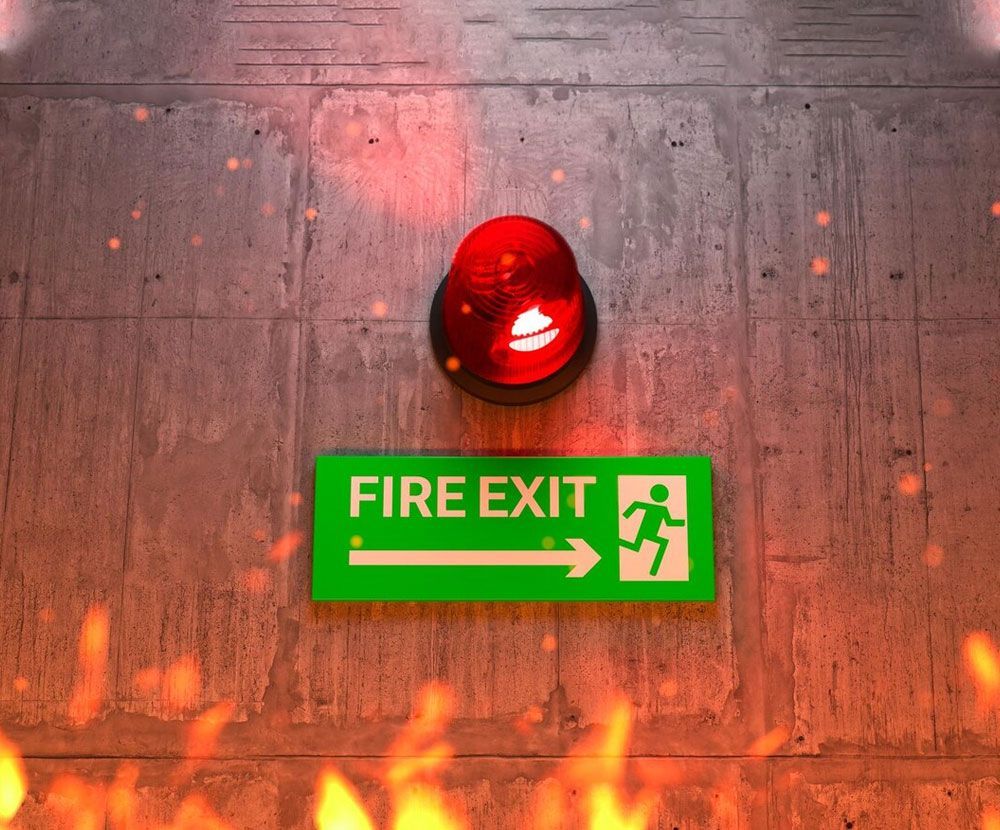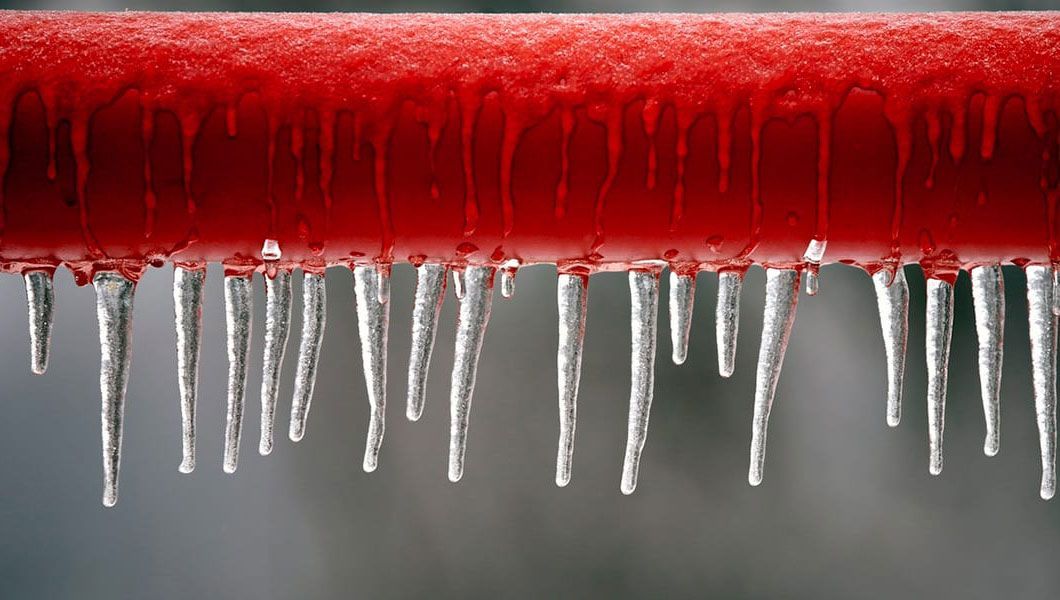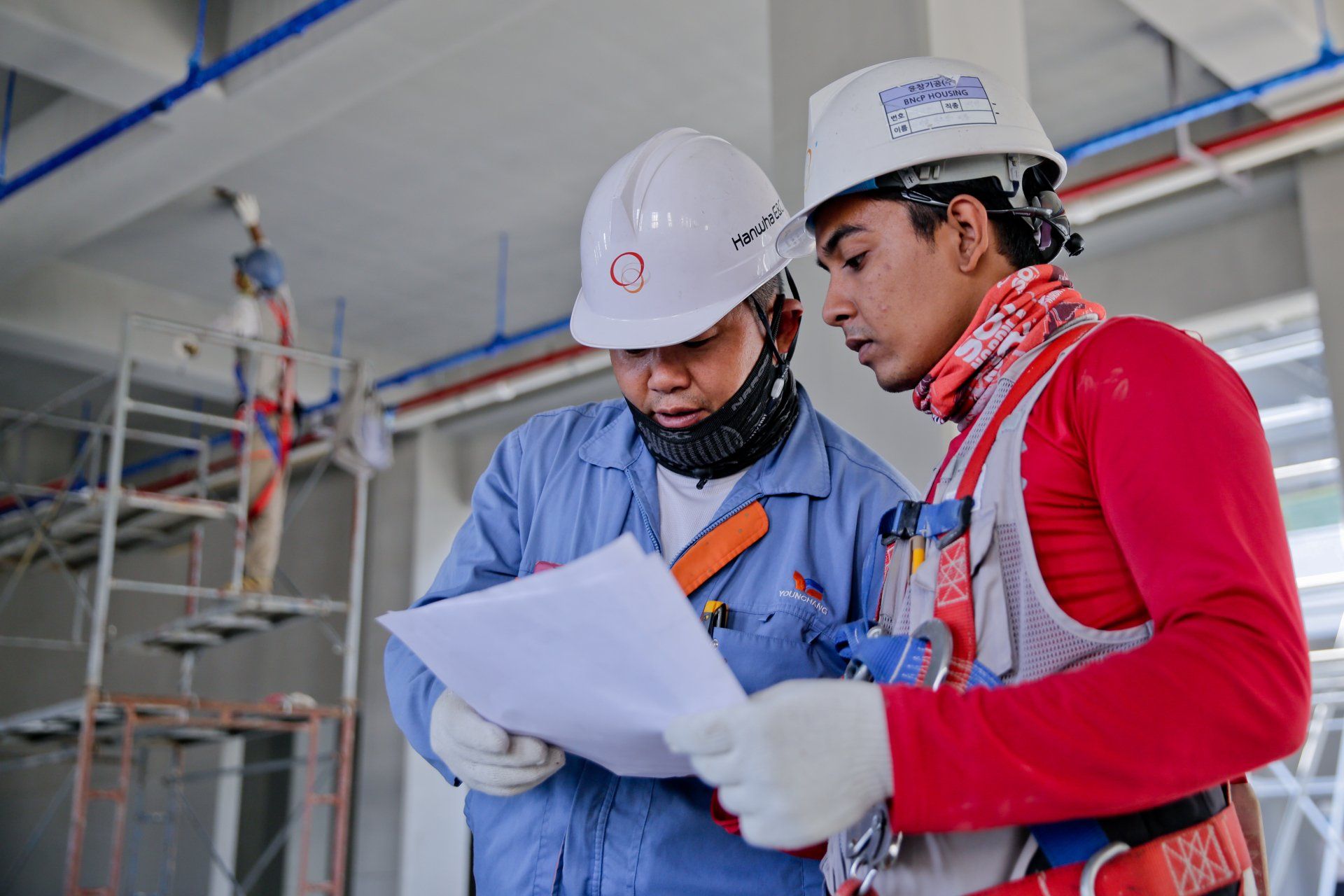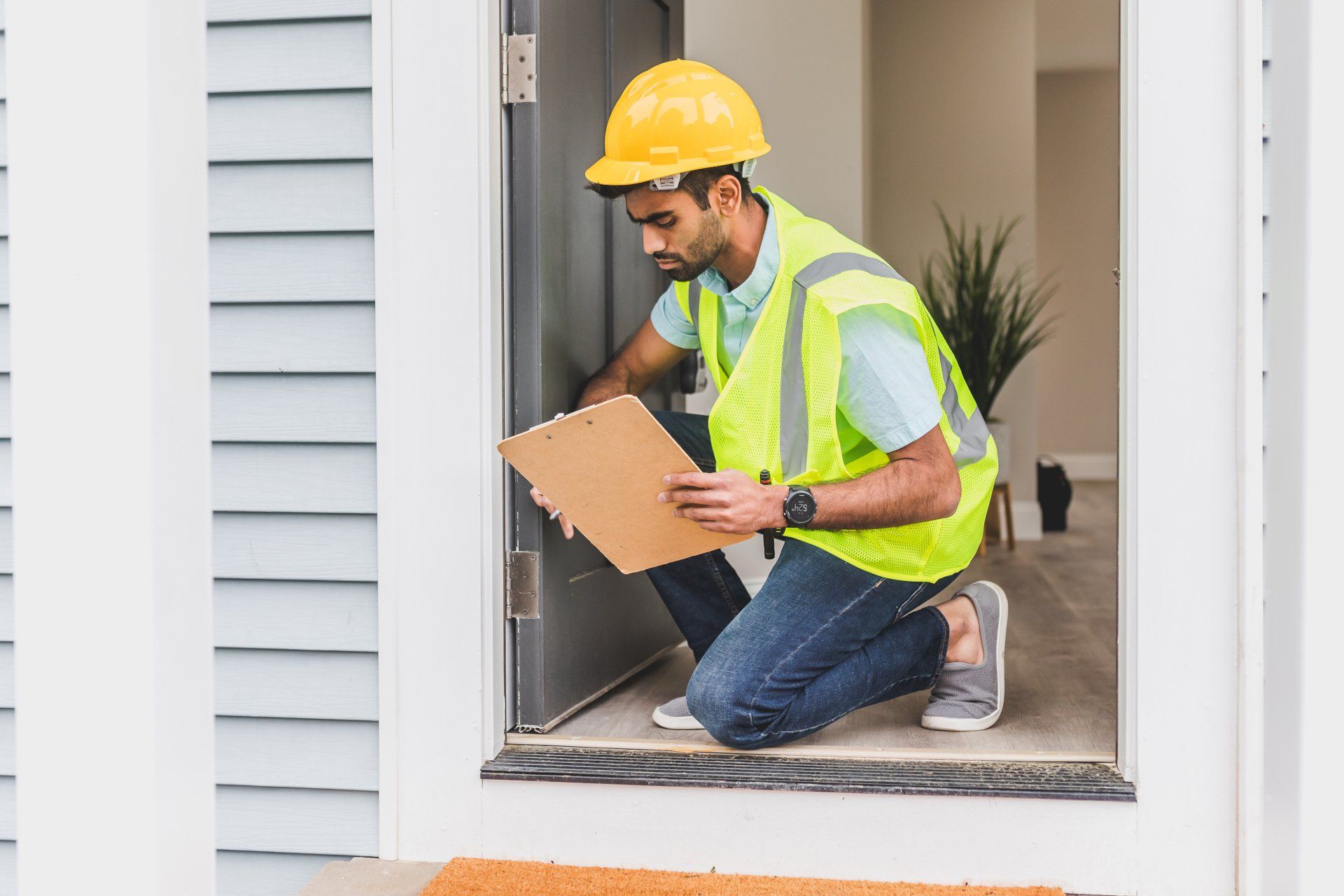
A fire alarm system is always watching, waiting to spring into action when danger strikes. At its core lies the notification system, the heroes that rouse occupants from their sleep or alert them to danger. But with a variety of devices and configurations, navigating the world of fire alarm notification can feel overwhelming. This blog post will equip you with the knowledge to understand these systems and ensure your building is properly protected.
The Alarm Team: Types of Notification Devices
Fire alarm notification systems utilize a range of devices to effectively warn building occupants:
Smoke Detectors: These trusty sentinels detect smoke particles, triggering the alarm and giving occupants precious time to evacuate.
Heat Detectors: Ideal for areas prone to smoke nuisance, like kitchens, heat detectors sense rapid temperature increases and sound the alarm.
Manual Pull Stations: These bright red boxes empower occupants to manually activate the alarm in case of a fire.
Strobes and Sounders: Visually impaired individuals rely on strobes to receive fire alerts, while sounders provide the familiar fire alarm tones.
Fire Alarm Control Panel (FACP): The brain of the system, the FACP receives signals from initiating devices (like smoke detectors), triggers the alarm sequence, and can communicate with emergency services.
How Many Heroes Do You Need?
The number of devices required depends on the size and layout of your building, as well as local fire codes. Here's a general breakdown:
Smoke Detectors: Typically placed in every sleeping room and outside each separate bedroom area. Additional detectors may be needed in hallways, basements, and common areas.
Heat Detectors: Generally used in kitchens, laundry rooms, and garages.
Manual Pull Stations: Strategically placed near exits, on each floor level, and outside elevator lobbies.
Strobes and Sounders: Distributed throughout the building to ensure everyone can hear or see the alarm from any location.
Remember:
Always consult with a qualified fire alarm professional to determine the exact number and placement of devices needed for your specific building.
Location, Location, Location: Where to Station the Alarm Troops
Strategic placement is crucial for optimal fire alarm performance. Here are some key considerations:
Smoke Detectors: Install them high on walls or ceilings, away from air vents and windows that could disrupt smoke flow.
Heat Detectors: Mount them on ceilings in areas prone to heat fluctuations but not directly in their path.
Manual Pull Stations: Place them in easily accessible locations near exits, at eye level, and away from obstructions.
Strobes and Sounders: Distribute them evenly throughout the building, ensuring they are audible and visible in every area, including hallways, sleeping rooms, and common areas.
Pro Tip:
Fire code diagrams can help visualize the ideal placement of fire alarm devices in your building.
Why Use This System? The Benefits
Fire alarm notification systems play a vital role in fire safety. Here's why they are essential:
Lifesaving Alerts: Early warnings provide occupants with precious time to evacuate, significantly increasing their chances of survival.
Code Compliance: These systems ensure compliance with local fire safety regulations.
Peace of Mind: Knowing your building is equipped with a reliable notification system offers peace of mind.
Choosing the Right System for You
Selecting the appropriate fire alarm notification system requires careful consideration. Here's what to keep in mind:
Building Size and Occupancy: The size and type of occupancy of your building will determine the complexity of the system needed.
Local Fire Codes: Ensure the chosen system complies with all relevant fire safety regulations in your area.
Budget: There is a range of systems available at different price points.
Features Needed: Consider features like voice evacuation or remote monitoring that may enhance safety in your building.
Consulting with a qualified fire alarm professional is vital. They can assess your building's needs, recommend the most suitable system, and ensure proper installation and maintenance for optimal fire protection.
By understanding the different notification devices, their placement, and the selection process, you can equip your building with a reliable fire alarm system that safeguards your occupants and provides peace of mind.
Remember, consulting with a qualified fire protection professional is crucial to determine if your building requires a fire sprinkler pump and to choose the most suitable type for your specific needs.
For more information on fire sprinkler systems and backflow prevention, contact the professionals at Allstar Fire Protection.
Allstarfireprotection.com or
615-865-5600






